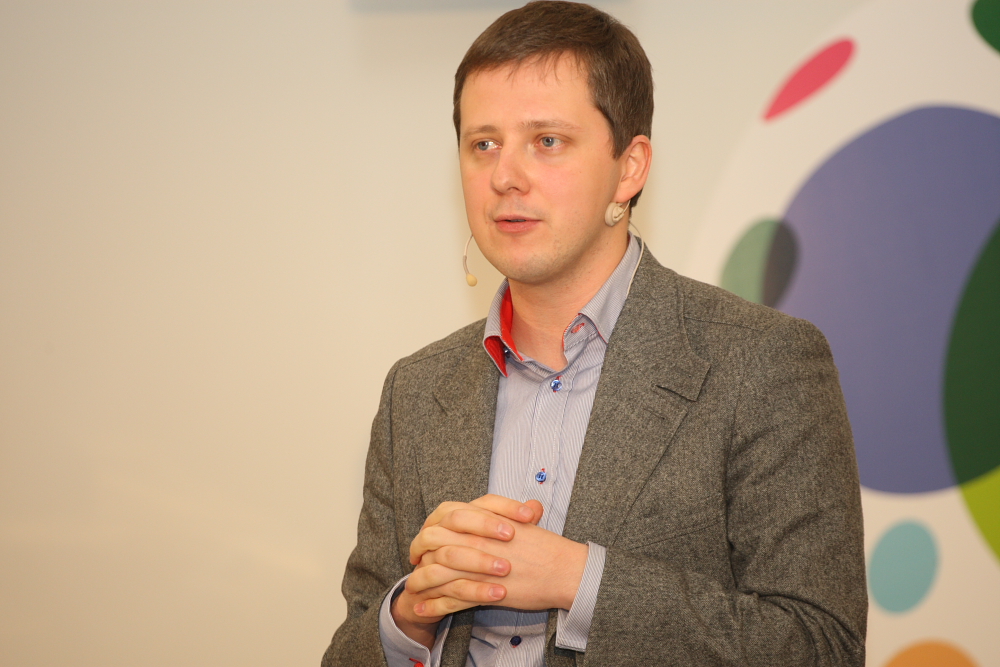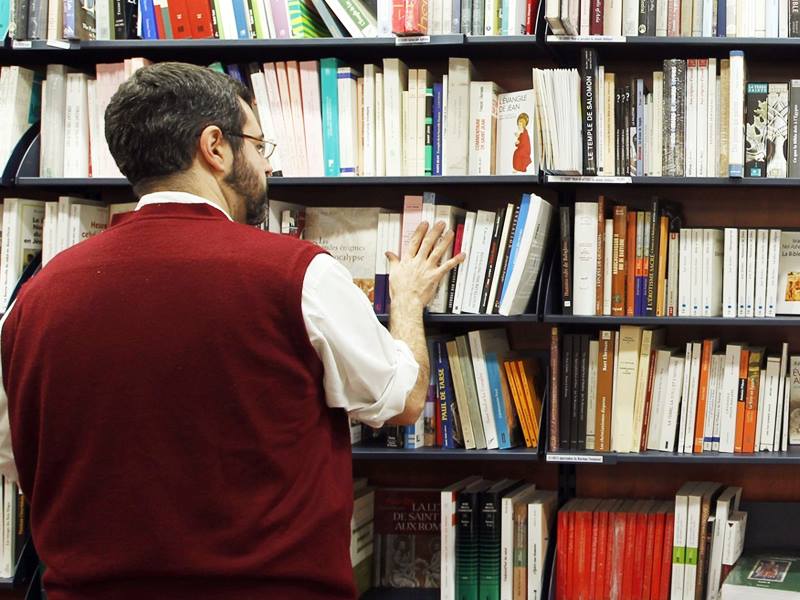
Ragnar Siil: How to prove the value of culture for non-believers?
“Culture is important!” – this was a slogan we used every time in our speeches and presentations while I worked as Estonian Undersecretary of Arts. And while I believe in it, and cultural professionals believe in it, many remain sceptical. In more than 10 years that I have been working in the cultural field, I have never given up convincing those “non-believers” by using concrete facts and figures to show the diverse value and contribution of culture and creativity.
Fact 1 The Economy: Culture and the creative industries account for 4.2% of the EU’s GDP, which is EUR 535.9 billion. This means, that culture is not only asking for money, it also contributes back. The research in Estonia has shown, that investing into cultural festivals gives back 4 EUR for each 1 EUR directly to local economy. Every 1 EUR spent on design can have return of 25 EUR, design research has shown.
Fact 2 Jobs: The sector employs 7 million Europeans, i.e. 3.3% of the EU’s active population. The vast majority of creative businesses are macro-companies, consisting of 1-3 people. On the other hand, it offers great opportunities to young people, women, people from rural areas, or for people with disabilities. In Estonia, for example, according to the last creative industries mapping, almost 11.5% of all companies belong to the creative industries, and their number increased significantly during the financial crisis.
Fact 3 Young People: More people in the 15-29-year-old age group are employed in the cultural and creative sphere than any other sector (19.1% of the total number of those employed in the sector). In Eastern and Central Europe, this trend is even more marked: on average young people occupy 1.3% more jobs in the creative industries than in the rest of the economy.
An even more important fact that is not as easy to present with figures, but one that I would like to draw attention to, is the structural changes that creativity brings about.
I am very pleased with the discussions and criticism in the Ukrainian media and social networks about the creative economy. For example, the reaction to the publication of Richard Florida’s book and the articles about it. Yes, it’s not only the famous researcher and author of the “creative class” concept who is expressing a certain disappointment. It is good that Ukrainian society is also willing and ready to discuss certain problematic issues, for example, how developing creative hubs fuels gentrification and how to avoid commercialisation of culture on the expense of quality and authenticity.
Creativity in the form of a beautiful postcard or wrapper is precisely what should be avoided. Creativity as a way of thinking is precisely what we should strive for. The creative industries should not be a cover for the inaction of city authorities, problems in social security or systemic urban inconvenience because creativity and culture have the potential to become a tool for policy change.
How is this already beginning to work in Ukraine? Again, using the language of figures and outcomes:
Raising awareness through policy conferences: The Programme organised one National Cultural Forum in each of the six countries to raise awareness about cultural and creative industries and initiative structural reforms. In Georgia, we organised a Creative Georgia Forum together with the Ministry of Culture and as a result, the Government adopted a creative industries strategy and established a new public institution Creative Georgia, which is now responsible for wide range of activities to develop and promote the sector. In Moldova, for example, we focused on creative towns and places, we brought together European experts on creating creative hubs and as a result the construction of the first creative industries hub has already been launched.
Support for six towns: We conceived the Creative Towns and Regions Initiative as an opportunity to emphasise the importance of culture in small towns, primarily for the residents and local authorities. Our goal is to offer tools that communities can use to realise the full potential of their towns. We selected six towns in which international experts conducted research. Today, we already have the first results of our help: the opening of a Media Hub in Svietlahorsk, Belarus.
Work with 250 local partners and young managers: Young cultural managers from the six EaP countries took part in our programme. To date, our partners have created 18 policy briefs. Each one focuses on a rather narrow but relevant issue, and most importantly, local experts know their subjects well. The policy briefs relate to literature, theatre, design, education, etc.
Studies using UNESCO methodology: Thanks to the analysis of UNESCO culture for development indicators that we conducted in the region, we can now say that the culture and creative industries constitute 4.04% of Ukraine’s GDP, 3.33% of Armenia’s GDP and 2.8% of Georgia’s GDP. Similar study is currently underway in Azerbaijan.
The article was drawn up in cooperation with the EU-Eastern Partnership Culture and Creativity
https://lb.ua/blog/ragnar_siil/381849_ubedit_skeptikov_tsennosti.html




